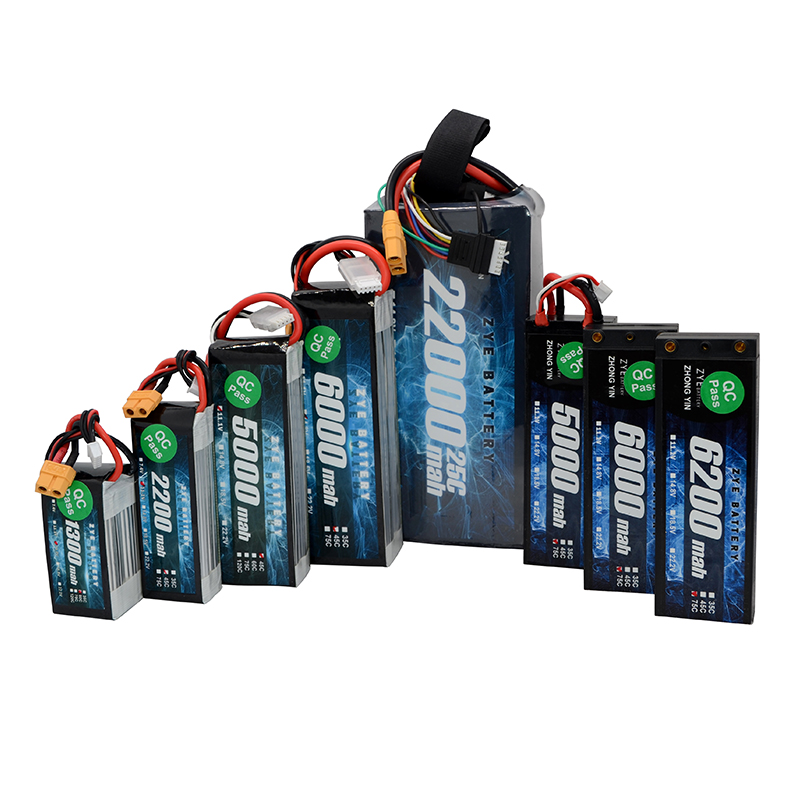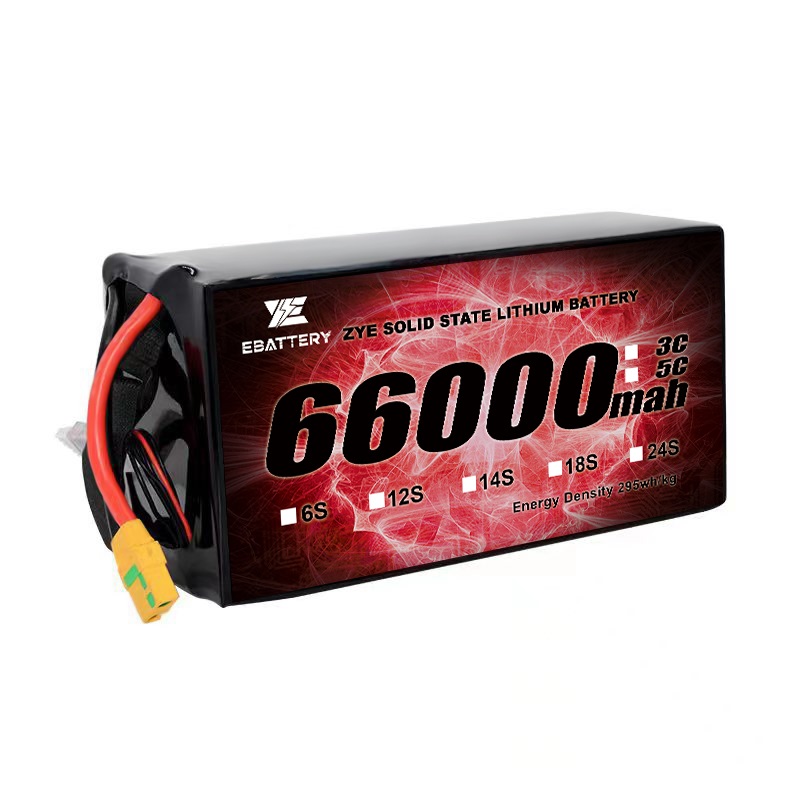Can drone batteries go in checked luggage?
2025-03-25
As drone enthusiasts and professionals, we often find ourselves traveling with our equipment. One common question that arises is whether batteries for drones can be packed in checked luggage. This article will explore the regulations, safety practices, and alternatives for transporting drone batteries when flying.
TSA regulations on drone batteries in checked luggage
The Transportation Security Administration (TSA) enforces strict guidelines when it comes to the transport of lithium-ion batteries, especially batteries for drones. These regulations are crucial in ensuring the safety of both passengers and crew members during air travel, as lithium-ion batteries can pose significant risks if mishandled or improperly transported.
One of the key rules is that lithium-ion and lithium metal batteries are not permitted in checked luggage. This restriction applies to all types of batteries, whether they are used in drones, cameras, or other portable electronics. The main concern is that if a battery were to malfunction or catch fire in the cargo hold, it could lead to an uncontrollable fire, which would be much more difficult to manage in the confined and unmonitored space of the hold. By keeping these batteries out of checked luggage, the TSA helps minimize this risk.
Passengers are, however, allowed to carry drone batteries in their carry-on bags, provided they adhere to specific limitations. Lithium-ion batteries with a rating of 100 watt-hours (Wh) or less can be carried without restrictions. For batteries between 100 Wh and 160 Wh, passengers must obtain approval from the airline, and there is typically a limit of two such batteries per passenger. Batteries that exceed 160 Wh are generally prohibited on passenger aircraft due to their higher potential fire risk.
It is important for passengers to always check with their airline prior to travel, as each airline may have additional requirements or restrictions regarding the transport of drone batteries. This helps ensure a smooth and safe travel experience for everyone on board.
Safe packing practices for drone batteries
When traveling with drone batteries, proper packing is essential to ensure safety and compliance with regulations. Here are some best practices for packing your batteries for drones:
1. Use Original Packaging: If possible, store your drone batteries in their original packaging. This packaging is designed to protect the batteries from damage and prevent short-circuiting. Keeping the batteries in their original boxes ensures that they are secure during transit and minimizes the risk of accidents.
2. Insulate Terminals: To avoid accidental short circuits, cover the battery terminals with electrical tape or use plastic caps. This simple step prevents the terminals from coming into contact with other metal objects, which could cause a dangerous short circuit or spark.
3. Separate Batteries: Never pack batteries together or with other metal items. It's essential to keep each battery separated to reduce the risk of short-circuiting. Using individual protective bags or cases for each battery can help maintain this separation and keep them safe during travel.
4. Use a Dedicated Battery Case: Invest in a fireproof and shockproof battery case specifically designed for lithium-ion batteries. These cases provide additional protection from physical damage and minimize the risk of fire in the unlikely event of a battery malfunction.
5. Partially Discharge Batteries: For long journeys, it's a good idea to discharge your drone batteries to about 30-50% capacity. This reduces stress on the cells, lowers the risk of overheating, and ensures the batteries are in a safer state for transport.
Additionally, ensure that your batteries are easily accessible in your carry-on luggage, as you may need to present them for inspection during security screenings. By following these guidelines, you can help ensure the safe transport of your drone batteries.

Alternatives to checked luggage for drone battery transport
Given the restrictions on packing drone batteries in checked luggage, it's important to consider alternative methods for transporting your batteries for drones. Here are some options to consider:
1. Carry-On Luggage: The simplest and most widely accepted method for transporting drone batteries is by carrying them in your carry-on luggage. This is approved by most airlines and transportation security administrations. It allows you to have direct access to your batteries during your flight, and it minimizes the risk of damage or mishandling that can occur with checked luggage.
2. Shipping Services: If you're traveling with a large number of batteries or going to a remote location, shipping services designed specifically for lithium-ion batteries might be a viable option. These services are equipped to handle the specific safety requirements of transporting such batteries, ensuring that they arrive safely and comply with regulations. It's a good option if you want to avoid carrying them personally, especially for international travel.
3. Renting Batteries at Your Destination: In some cases, if you're traveling to popular tourist destinations or areas with active drone communities, you may have the option to rent drone batteries once you arrive. This eliminates the hassle of transporting them yourself, especially if you're only planning to use the drone for a short time.
4. Battery Swap Programs: Certain drone manufacturers and retailers offer battery swap programs in select locations. With these programs, you can exchange your depleted batteries for fully charged ones, reducing the need to bring multiple batteries with you. This option can be particularly convenient if you're traveling for a longer period and need to keep your drone operational without constantly worrying about battery life.
When choosing an alternative method, consider factors such as cost, convenience, and the specific requirements of your trip.
In conclusion, while drone batteries cannot be packed in checked luggage, there are several safe and compliant ways to transport them. By following TSA regulations, implementing proper packing practices, and exploring alternative transport methods, you can ensure that your drone batteries arrive safely at your destination, ready for your next aerial adventure.
If you're looking for high-quality, reliable batteries for drones, consider exploring our range of products at ZYE. We offer cutting-edge battery solutions designed to meet the needs of both amateur and professional drone pilots. For more information or to place an order, please don't hesitate to contact us at cathy@zyepower.com. Our team of experts is ready to help you find the perfect power solution for your drone.
References
1. Federal Aviation Administration. (2022). Batteries Carried by Airline Passengers.
2. Transportation Security Administration. (2023). What Can I Bring? - Batteries (Lithium).
3. International Air Transport Association. (2023). Dangerous Goods Regulations for Lithium Batteries.
4. Civil Aviation Safety Authority. (2022). Travelling with Batteries.
5. Drone Pilot Ground School. (2023). How to Travel with Your Drone and Lithium Batteries.
























































